|
Experiential learning resources for the innovative educator
What is self-directed learning and what does that look like in a classroom or homeschool? This phrase, self-directed learning, and other variations of the phrase (child-led learning, student-directed learning, student-led learning, etc. etc. etc. ) imply that learning experiences are designed, coordinated, and led by students. Your students are self-directed learners, not passive receivers of information. Let's take a closer look. Okay, so self-directed learning means that learners lead their own learning experiences, but what does that entail? How can you apply self-directed learning in the classroom or at home, and what are some implementation strategies that you can put into place right now to support self-direction? What is Self-Directed Learning?Several years ago I showed a news segment to my advisory/PBL students about the Syrian refugee crisis to help spark current events project ideas. A student of mine approached me after the activity expressing her interest in the topic. This student chose to design and conduct a self-directed project-based learning experience about Syrian refugees. This student wrote the driving question for her project, decided to create an interactive, animated timeline to demonstrate the events that led up to the crisis, organized and executed a pie fundraiser to raise money for the cause, and distributed her timeline and marketing materials to neighboring community members to raise awareness and money for the cause. All choices were made by the student from the driving question, to how she demonstrated learning, to how she shared what she learned with a relevant audience. Experiential learning is self-directed by nature, one of many elements that distinguishes it from other teaching strategies. The Syrian PBL (PBL is one type of experiential learning activity) described above is one of many examples of self-directed learning. This student called all of the shots from the beginning to the end. I provided guidance, but the learning experience as a whole was designed and managed by her. Self-directed learning by definition involves student choice. Make STEM, problem-based learning, scientific inquiry, or any other learning experience self-directed by giving learners opportunities to make choices. Students direct the experiences, the teacher facilitates. This blog post that you're reading now offers suggestions for ways to make learning self-directed with the main goal of modifying any learning experience to give students choice. 7 Opportunities for Student Choice to Drive Self-Directed Learning ExperiencesLearning experiences are self-directed when students have choice. Let students... 1. Choose what they want to learn. It is wonderful if your students have the flexibility to choose ANY topic to study at any given time. That is true self-directed learning. But many of you do not have that option or the flexibility for student choice as it relates to the project topic. But that's okay. Your students can self-direct AND adhere to the standards. Students can design and lead projects AND gain content knowledge. It doesn't have to be one or the other. Even if you have specific topics or concepts that the learning experience needs to cover, you can still incorporate student choice. One way to work in student-choice as it relates to project topic is to offer a theme or a broad topic and let students choose a related subtopic as the focus of the learning experience. For example, if you are going to focus on ecosystem standards, you might make habitats the theme of the experience, but give students the freedom to choose a specific habitat to explore. This approach offers some freedom while adhering to standards, one of the many benefits of self-directed learning. 2. Choose their own learning goals and objectives. Because learners are unique in their skills, interests, strengths, challenges, and so on, their learning goals will also be unique. Students can and should choose and write their own goals. Knowing how to create tangible goals, manage them, and meet them is a skill that is essential long after graduation. 3. Choose how they will gather information. Some learners love podcasts, others love to read, some enjoy networking with professionals, some enjoy classes, others experimentation, and so on. To dictate how each student researches or investigates a concept limits learning potential, in my opinion. True self-directed learning experiences allow learners to determine the avenue(s) of exploration. If we use the habitats project as an example once again, self-directed learners are all focused on the same ecological principles, but the habitats students are examining vary, so where and how each student locates information will vary. A student studying prairie habitats may not use the same sources of information as those researching kelp forest habitats, for example. Insisting that every student use specific books, or even the same expert as everyone else in the class narrows their reach. Branch out, and better yet, let your students decide how they will learn about the topic because what works for one student may not be effective for another. 4. Choose community experts and collaborators. In many experiential learning activities, self-directed project-based learning included, students are encouraged to reach out to community experts for information, expertise, and resources. Make the learning experience self-directed by asking learners to identify, locate, and connect with their own community experts. Choosing which community experts to work with helps self-directed learners develop communication and collaboration skills while also getting the most accurate and up-to-date information about the concepts at hand. 5. Choose how they will demonstrate learning. I have found that encouraging self-directed learners to choose how they will showcase learning is incredibly impactful. I provide a few final product suggestions to my students, and they either choose from those options or choose their end products. Habitat project students might create topographical maps, a moving diorama, an interactive animation or physical exhibit, a photo journal, a magazine, a portfolio of infographics, etc. I offer suggestions in my resources, including my habitats PBL, or students can choose their own. 6. Choose an authentic audience and method of reaching that audience. Experiential learning is authentic, meaning, students use and share their outcomes in a meaningful and relevant way. Project-based learning, for example, encourages authentic presentations rather than simply presenting a final product to the class. Learning outcomes should solve a problem for a relevant audience or impact the community in some way. Self-directed learning experiences could include, then, students making their own decisions about who they will share final products with and how they will reach that audience. For example, the outcomes of a self-directed PBL about a particular habitat could be displayed or shared at a local nature center. Let self-directed learners choose how they would like to share new skills and knowledge and who to share it with. 7. Choose an assessment method and criteria for evaluation. All students are unique in how they learn, their interests, their career goals, and so much more. Why cast an assessment blanket over every student, especially if the learning experience is personalized by way of student choice? Give students input on how they are evaluated. If you would like to give a formative assessment for self-directed learning, consider offering a few options, each requiring a different skill set than the other. Let students choose which assessment to complete. Students can also generate their own assessments. Because my student's self-directed project-based learning experiences are so personalized, their rubrics are as well, so they create their own rubrics with relevant and personalized criteria or evaluation categories. You can also have students add to and manage their own project portfolios where they highlight self-directed learning experiences and outcomes. 8. Organize and lead conferences. Self-directed conferences are great for encouraging quality work, promoting autonomy, building planning and organizational skills, and so much more. Your students will become accustomed to making their own choices about their learning path and organizing and leading their own experiences. Leading their own parent/teacher conferences, then, should be a piece of cake in time. There are so many amazing ways to promote self-directed learning experiences with student choices. If you are taking a gradual path, slowly transitioning to student-directed learning, start small. If your curriculum is largely teacher-directed right now, consider adding a few self-directed learning opportunities into the mix here and there. Sprinkle in some choice. If that goes well, add more until your entire curriculum is self-directed! The benefits of student-directed learning in the classroom are too good to pass up. So give it a try! Related Blog Posts Helpful Student-Directed Learning Resources and Tools Did you know that there is a Facebook community about experiential learning? Join us!
Experiential Learning Community for K12 Teachers Let's Get Social Follow Experiential Learning Depot on Youtube, Pinterest, Instagram, and Facebook! Observe. Question. Explore. Share.
1 Comment
David Thomas
2/18/2023 04:44:28 am
We are excited and enthusiastic learners of subjects WE are interested in, not of subjects that others - like the State - force us to learn.
Reply
Your comment will be posted after it is approved.
Leave a Reply. |
Blog IntentTo provide innovative educational resources for educators, parents, and students, that go beyond lecture and worksheets. AuthorSara Segar, experiential life-science educator and advisor, curriculum writer, and mother of two. Categories
All
|
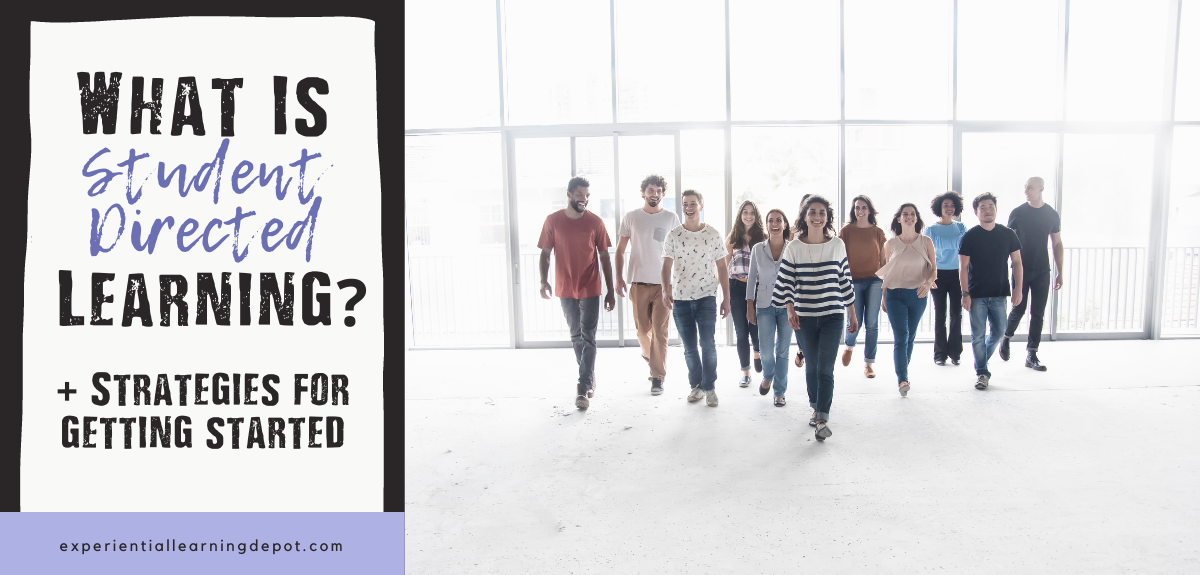

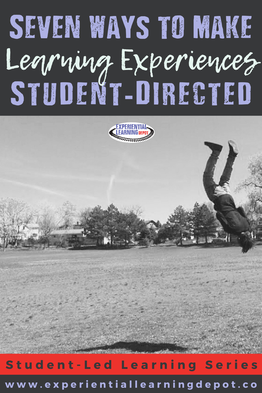
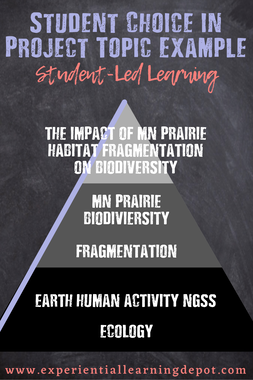
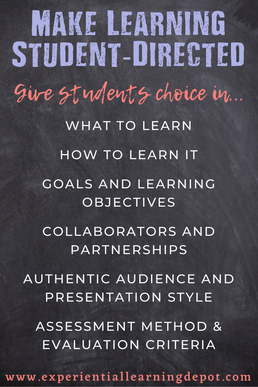
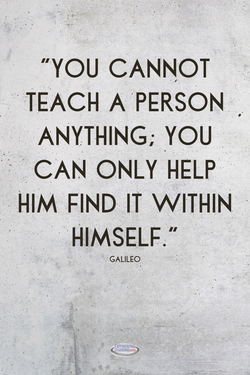
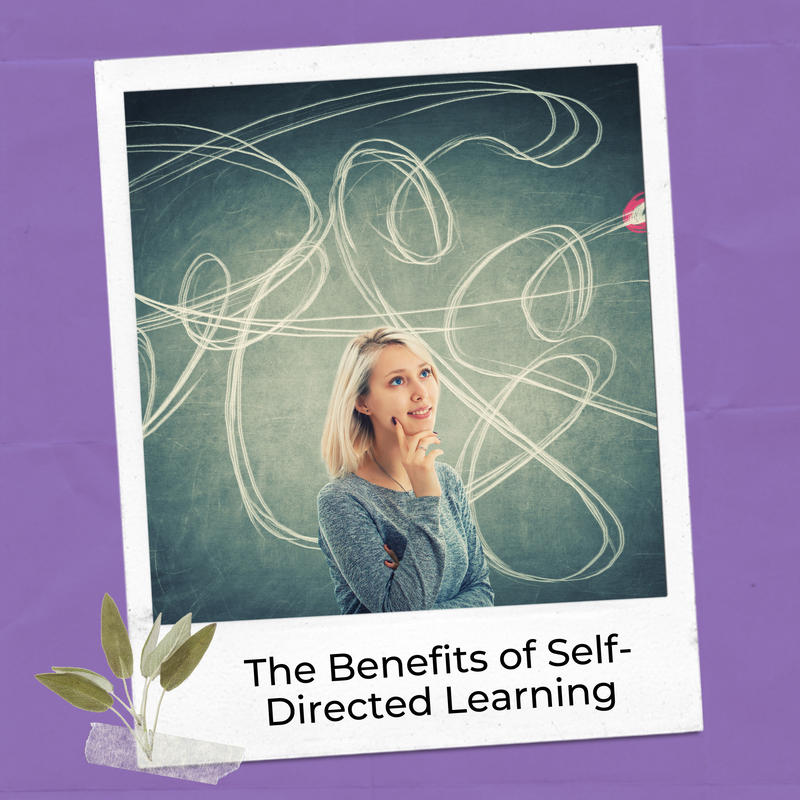
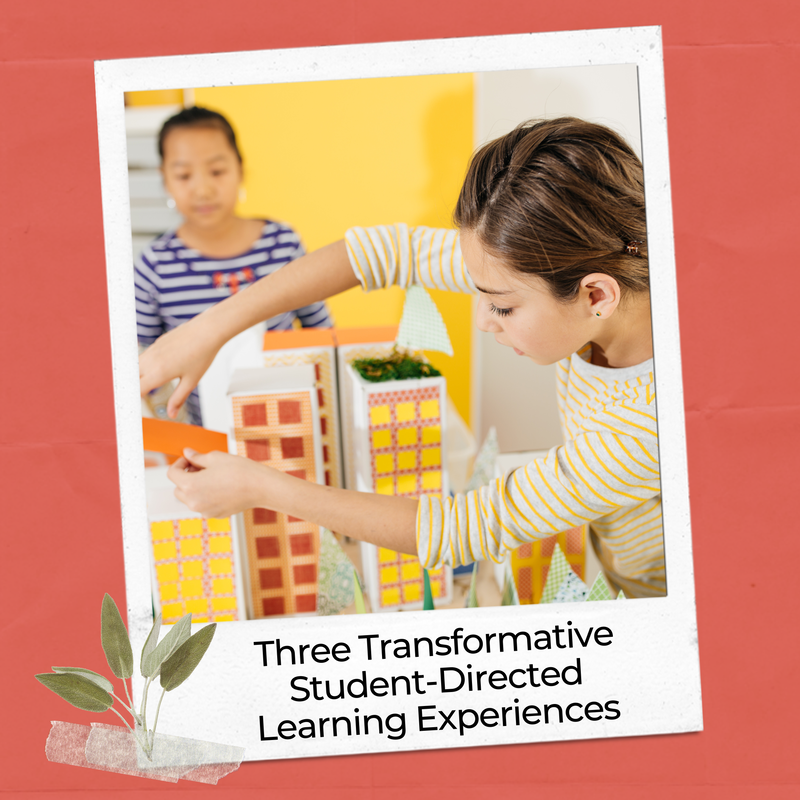
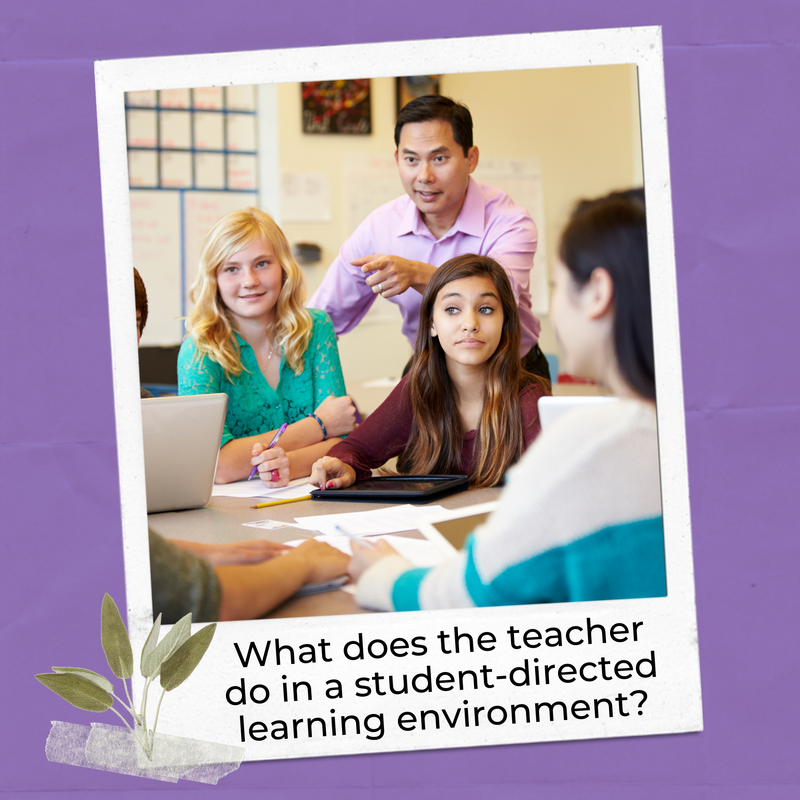
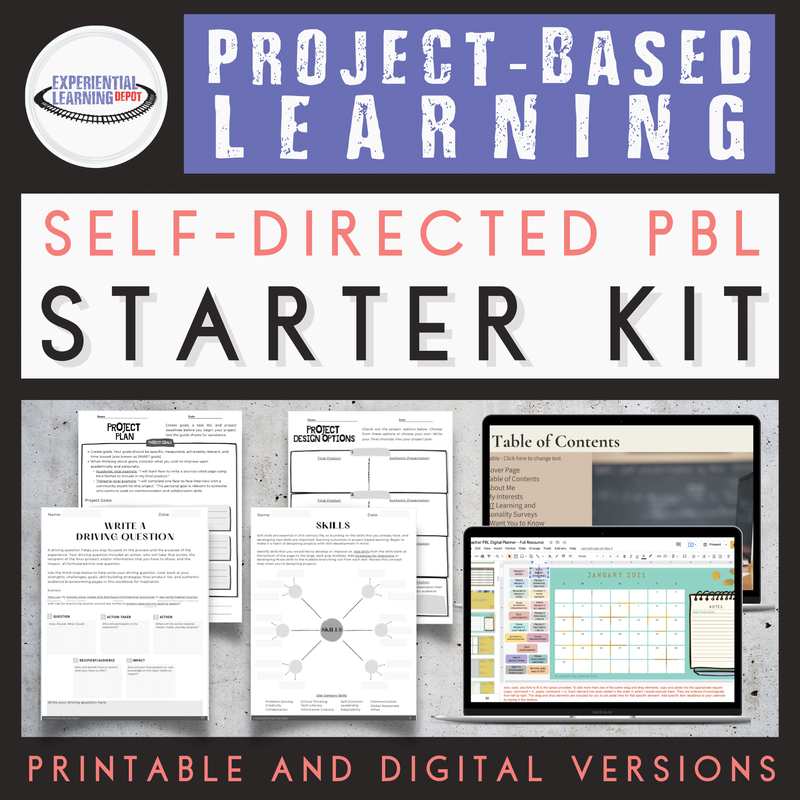
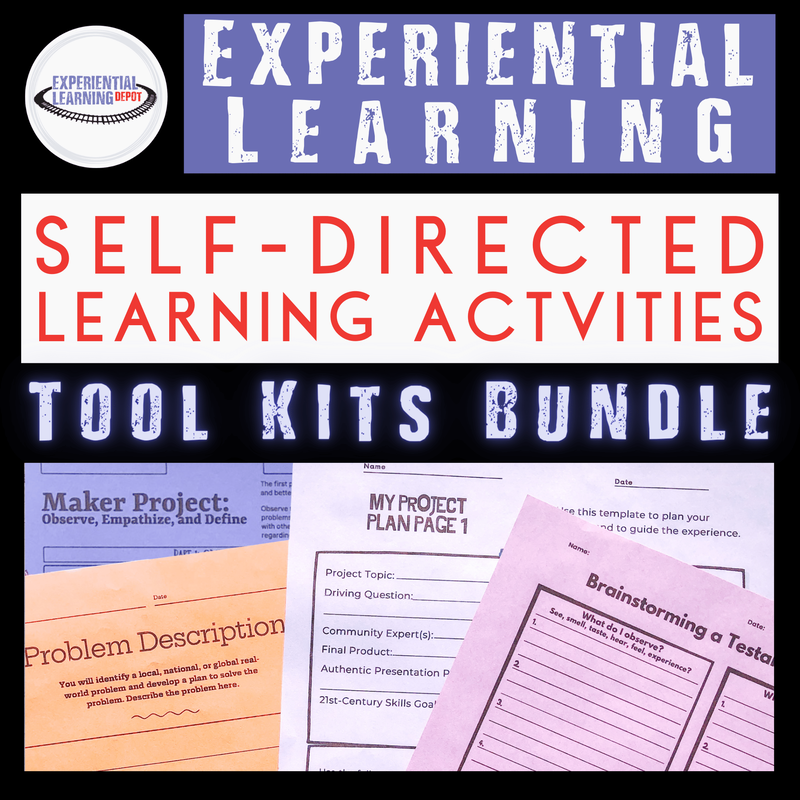


 RSS Feed
RSS Feed